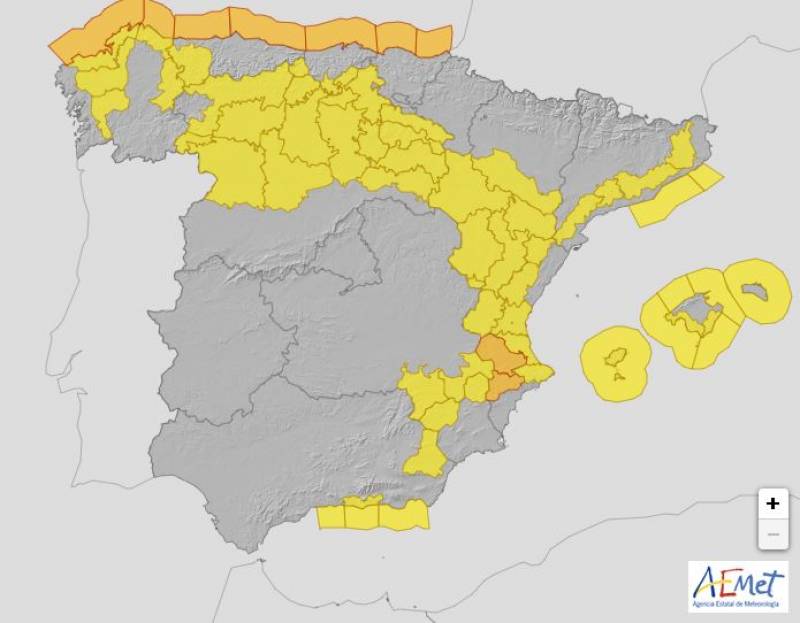

- EDITIONS:
 Spanish News Today
Spanish News Today
 Murcia Today
Murcia Today
 Alicante Today
Alicante Today
Date Published: 13/11/2024
Salary gap in Spain widens despite minimum wage increases
Spain’s richest 30% take home half of the country’s wage bill

Over the last few years or so, the Spanish government has gone to great lengths to ensure that every worker earns enough to get by, and Spain has seen a significant increase in the number of people earning the minimum wage (SMI).
In fact, since 2018, the SMI has risen by more than 50% but despite this, the distribution of wages in Spain remains deeply unequal. The reality is that the wealthiest 30% of employees continue to take home half of the country’s total wage bill, while the lowest earners struggle to make ends meet.
According to the Tax Agency (AEAT), 37% of Spanish employees earned a salary equal to or less than the full-time SMI in 2023 (15,200 euros gross per year).
This translates to 7.4 million taxpayers, a staggering 250,000 more than in 2022 and 1.1 million more than in 2018. The sharp increases in the SMI have caused the population earning at or below this level to rise from 33.5% in 2018 to 36.9% in 2023.
This increase of three percentage points may seem small, but the effects of the hikes in the SMI have not stopped there.
Salaries above the SMI are increasingly getting closer to it, with 60% of workers earning 1.5 times the SMI or less in 2023. This represents an eleven-point increase from 2018, when the figure was 49%. The minimum wage has grown much faster than other wages above it, but it hasn't been enough to push up low wages or achieve a better distribution of the wage mass.
What this all points to is growing salary inequality in Spain. The richest 30% of workers take home half of the country's total wage bill, which is approximately 425,551 million euros. The remaining 9.7 million workers share the other half, with the richest 10% pocketing one in every four euros paid in salaries.
Pay gaps are common in all economies and are logical: it is normal for positions with greater responsibility, qualifications or in thriving sectors to be better paid than others. But, in the case of Spain, the large gap between the lower rungs of the ladder and the highest ones seems excessive.
Much of the difference can be explained by the nature of the country's productive fabric, which is highly dependent on services that generate little added value and are generally poorly paid. Statistical sources such as the INE place the median salary (which divides workers into two halves depending on whether they earn more or less) at 22,383 gross euros per year in 2022.
This means that half of the population earns that salary or less and summarises well how widespread low salaries are in Spain.
In other news: Train and bus services resume in Valencia this week
Image: Freepik
staff.inc.and
Loading
Sign up for the Spanish News Today Editors Roundup Weekly Bulletin and get an email with all the week’s news straight to your inbox
Special offer: Subscribe now for 25% off (36.95 euros for 48 Bulletins)
OR
you can sign up to our FREE weekly roundup!
Read some of our recent bulletins:
25% Discount Special Offer subscription:
36.95€ for 48 Editor’s Weekly News Roundup bulletins!
Please CLICK THE BUTTON to subscribe.
(List price 3 months 12 Bulletins)
Read more stories from around Spain:
Contact Murcia Today: Editorial 000 000 000 /
Office 000 000 000



























